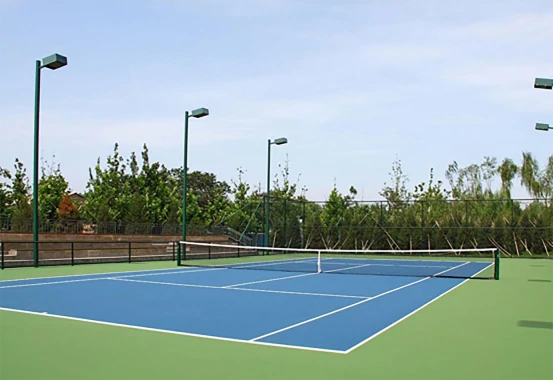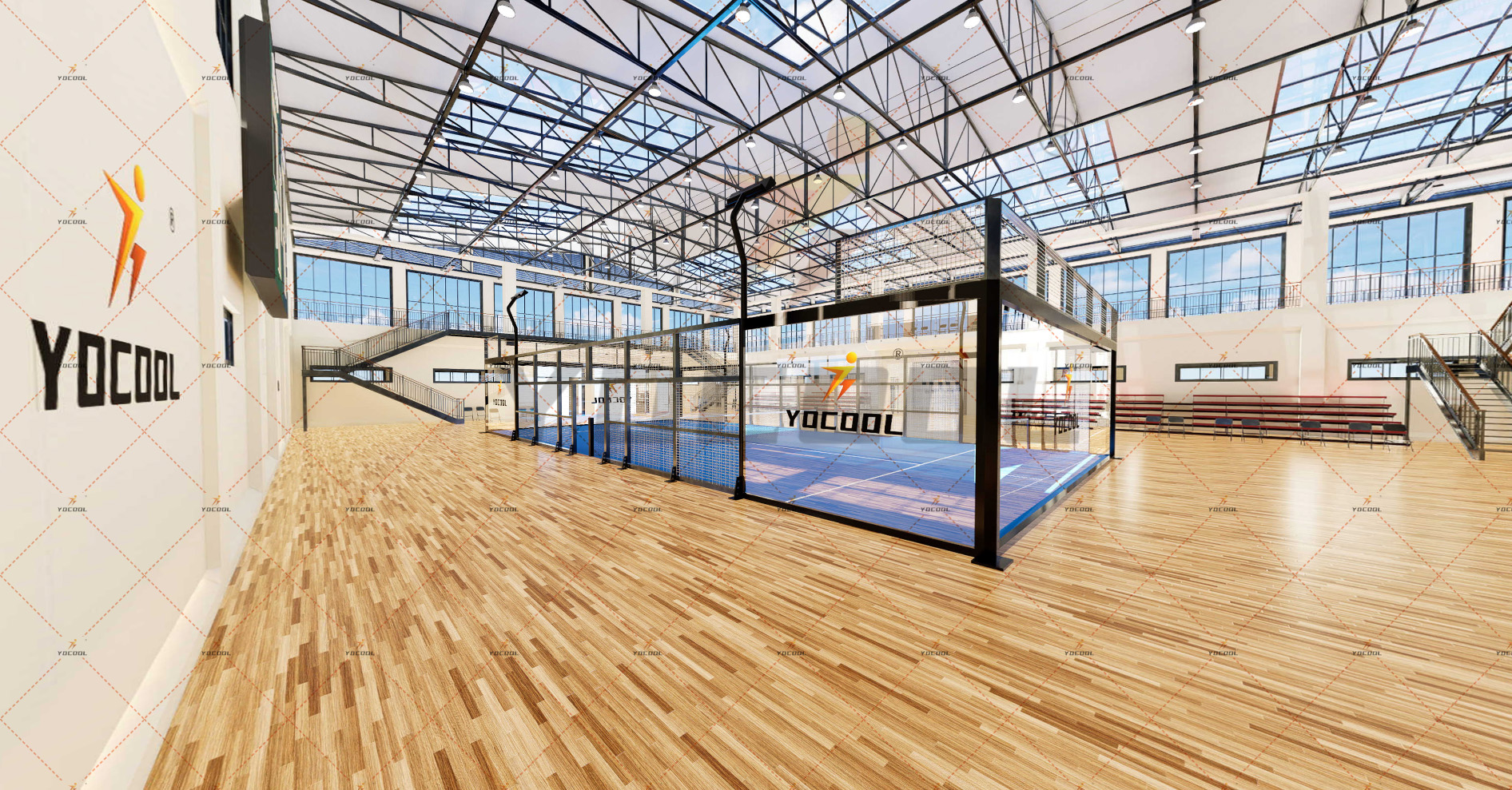The evolution of sports infrastructures in China has seen a remarkable transformation over the recent years, with padel courts becoming a focal point in this dynamic landscape. Padel, a fast-paced racket sport that combines elements of tennis and squash, has captured the attention of sports enthusiasts across the globe. In China, the growing popularity of this sport has led to an increased demand for building state-of-the-art padel court structures that adhere to global standards while catering to local needs.

To appreciate the intricacies involved in constructing a padel court in China, one must delve into the exceptional experiences and expertise of professionals in the field. The primary consideration in designing these courts is the selection of materials that can withstand China's varying climate conditions. An ideal padel court surface is made from synthetic turf, designed to offer consistent ball speed and bounce, combined with a shock-absorbing base to reduce player injuries. The choice of materials used in constructing the court reflects a strong understanding of sports infrastructure that guarantees longevity and optimal performance.
The framework of a padel court typically comprises an enclosure system made from strong, transparent materials that enhance both visibility and durability. The courts are usually surrounded by tempered glass walls, offering observers a clear view of the action while ensuring player safety and structural resilience. Utilizing galvanized steel for the supporting structure not only provides the necessary strength but also protects against corrosion, making it suitable for different environments across China.

Lighting is another crucial element in padel court structures, especially given the country's penchant for evening sports activities. LED floodlights, strategically positioned to eliminate shadows and reduce glare, are essential to provide uniform lighting for consistent play. These lights must adhere to energy efficiency and environmental regulations, demonstrating a commitment to sustainable practices.
Understanding the noise preferences and community norms is vital in constructing padel courts, especially in urban areas. Acoustic treatments can be incorporated to minimize noise pollution, thereby addressing any potential concerns from neighboring residents. Implementing sound-absorbing panels within and around the courts can enhance the players' and spectators' experiences while respecting the surrounding community's tranquility.
china padel court structure
The implementation of technology in padel court structures showcases the expertise of industry leaders aiming to elevate the player's experience. Advanced monitoring systems equipped with sensors can evaluate and report on court usage, maintenance needs, and even player performance. Such integration not only heightens the appeal of padel facilities but also positions them as cutting-edge recreational hubs.
In ensuring authoritativeness, compliance with both international padel federation standards and local building regulations is non-negotiable. This dual compliance ensures the courts are suitable for hosting local and international tournaments, enhancing China's reputation in the global sports arena. The responsible authorities meticulously scrutinize every aspect of the construction process, from design to execution, establishing a benchmark in quality and standardization.
The trustworthiness of padel court constructors in China is often reflected in their collaboration with renowned global brands and adherence to rigorous certification processes. Incorporating feedback from professional players and sports engineers further enhances the reliability and appeal of these facilities. Established partnerships with global sports bodies and continuous innovation solidify their credibility and contribute to the thriving padel culture in China.
As interest in padel continues to surge, new opportunities for expanding padel court structures across other Chinese regions emerge. Comprehensive research into demographic trends, local interests, and potential economic impacts is essential in identifying suitable locations for future developments. These efforts will not only meet the growing demand but also help in the proliferation of padel as a popular sport for the masses.
The journey of constructing padel court structures in China is an epitome of leveraging experience, expertise, authoritativeness, and trustworthiness to cater to an emerging market. By embracing advanced technologies and sustainable practices, constructors are poised to offer sports enthusiasts top-tier facilities, ensuring that the thrilling game of padel resonates with players and spectators alike, fostering a vibrant community and enhancing China's status in the international sports domain.



